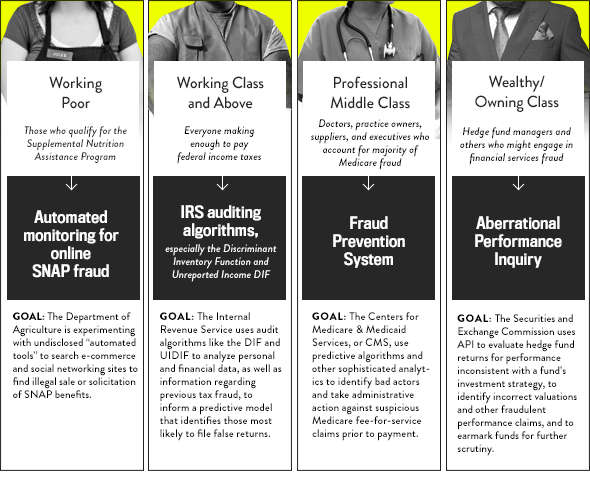Robinsion Meyer at The Atlantic: “Americans inhabit an intricately mapped world. Type “Burger King” into an online box, and Google will cough up a dozen nearby options, each keyed to a precise latitude and longitude.
But throughout much of the world, local knowledge stays local. While countries might conduct censuses, the data doesn’t go much deeper than the county or province level.
Take population data, for instance: More than 7.4 billion humans sprawl across this planet of ours. They live in dense urban centers, in small towns linked by farms, and alone on the outskirts of jungles. But no one’s sure where, exactly, many of them live.
Now, Facebook says it has mapped almost 2 billion people better than any previous project. The company’s Connectivity Labs announced this week that it created new, high-resolution population-distribution maps of 20 countries, most of which are developing. It won’t release most of the maps until later this year,but if they’re accurate, they will be the best-quality population maps ever made for most of those places.
The maps will be notable for another reason, too: If they’re accurate, they ‘ll signal the arrival of a new, AI-aided age of cartography.
In the rich world, reliable population information is taken for granted. But elsewhere, population-distribution maps have dozens of applications in different fields. Urban planners need to estimate city density so they can place and improve roads. Epidemiologists and public-health workers use them to track outbreaks or analyze access to health care. And after a disaster, population maps can be used (along with crisis mapping) to prioritize where emergency aid gets sent….(More)

